
3 minute read
NINE Environments
We use these nine learning areas in our classrooms to optimize children’s developmental learning objectives.
Cognitive
Advertisement
Preschool children are curious about the world and are able to acquire, organize and use information in increasingly complex ways.
LITERACY/LANGUAGE
Before a child learns to read and write, the path to literacy has already begun. Playing with books, scribbling on paper, tracing letters on an e-tablet are all steps of emergent literacy.
ART/MUSIC
Children who are engaged with and learn to appreciate music and the arts are able to demonstrate what they know. This allows them to expand their creative thinking.
Spiritual
Young children have a natural sense of awe, wonder and mystery. During these early years, we have the opportunity to unwrap a child’s spirituality and develop their connection to God.
Stem Learning
Science-TechnologyEngineering-Math: Experiences in these areas help preschoolers develop many skills while engaging their natural curiosity.
Social Studies
Social studies is the study of people and the ways they relate to others. The focus of social studies for infants and toddlers focus on self development within.
SOCIAL/EMOTIONAL
Children are best able to learn when they are comfortable in an environment where they feel loved and secure. The world is a complicated social puzzle!
Fine Motor
Fine motor control involves the coordinated movement of small muscles in the hands and fingers. Strong fine motor skills are essential as we approach many self-help and life tasks.
Large Motor
Large motor skills involve movement of the large muscles in arms, legs, and core body. Activities include walking, running, skipping, jumping, throwing, climbing, biking, balancing, dancing and more.
- Science, Technology, Engineering & Math
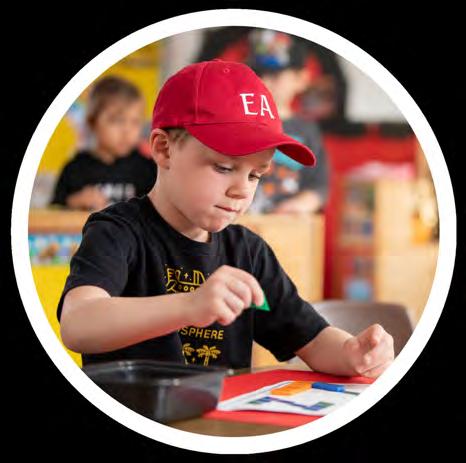

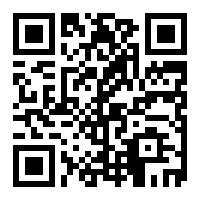

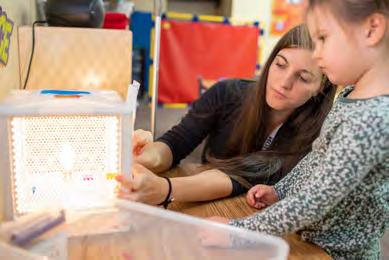
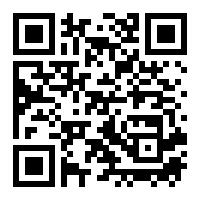

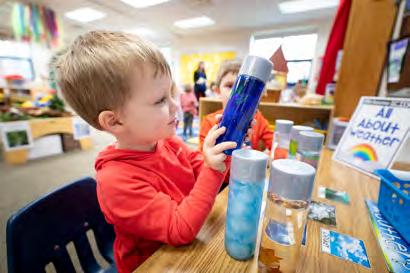
ART & MUSIC








